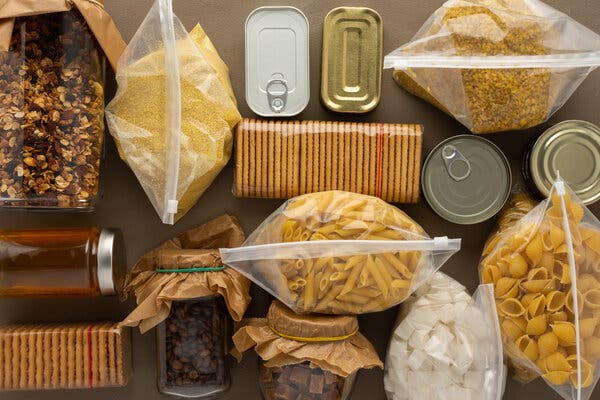Plan for the future for peace of mind on the other side.
Listen to this article · 7:13 min Learn more
When wildfires, hurricanes or other climate-related disasters surge, it’s easy to panic-Google what your food and water stocks should look like in an emergency. It’s also just as easy to see asterisks like “refresh supplies every six to 12 months,” get overwhelmed and give up.
But amid the tangle of recommendations, the basic rules are, in practice, clear and applicable to most disaster scenarios. They’re also well worth doing now.
“It’s a great feeling when you know you have the right supplies and a plan for emergencies,” said Lisa Bedford, founder of the Survival Mom website. Despite losing power for 10 days during Hurricane Beryl last July, “we didn’t panic,” Ms. Bedford said, adding, “and when you’re prepared, you can help other people.” Her family was able to loan a generator to a neighbor and donate food to a local church food bank.
Below, you’ll find expert advice, what the official recommendations really mean, and simple, comforting meals you’ll want when it all hits the fan, as preppers say — and even, ideally, starting now.
How much emergency food and water should you keep on hand?
The Federal Emergency Management Agency and the National Institutes of Health recommend stocking enough food and water for at least three days, including a minimum of one gallon of water per person per day. In other words, plan on at least six gallons of water for a family of two, or 12 gallons for a family of four, plus meals and snacks for three days.
Thank you for your patience while we verify access.
